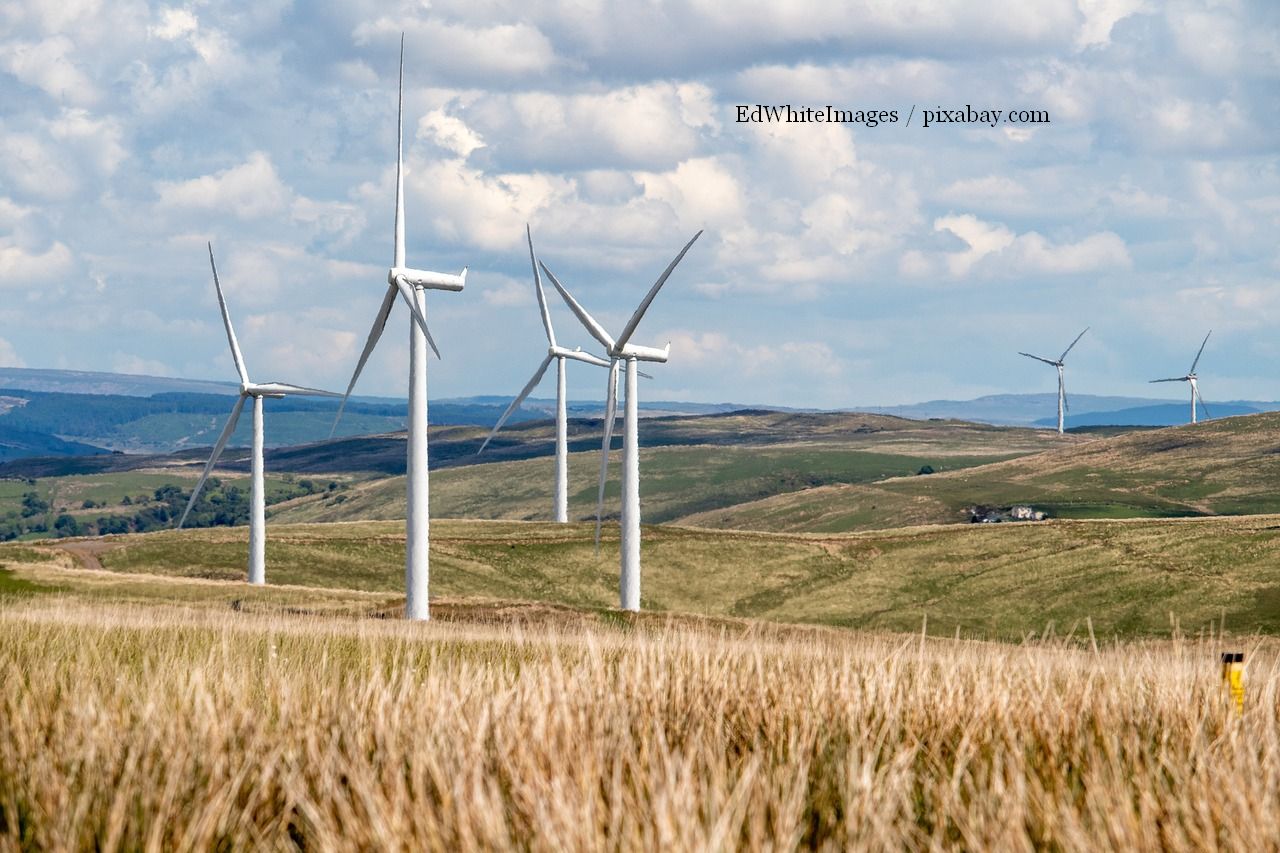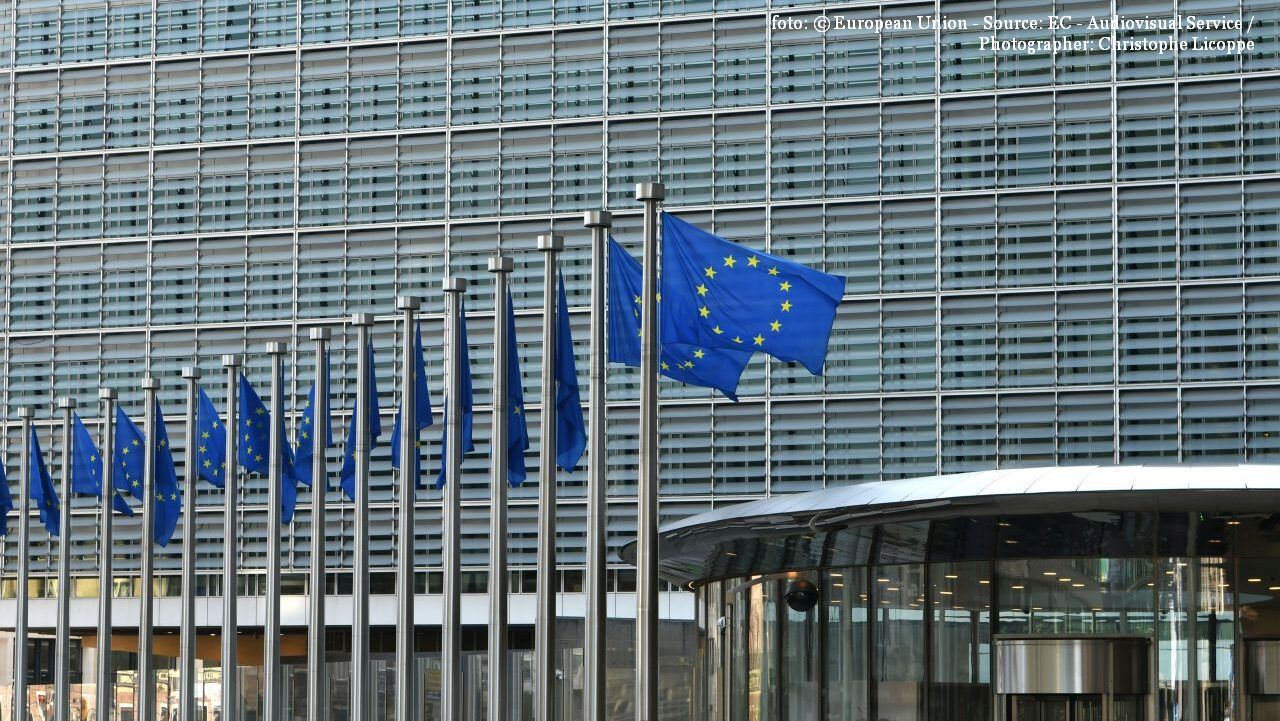The Romanian 1989 Revolution started in Timisoara
Timisoara was proclaimed the first Romanian city free of communism.

Daniela Budu, 16.12.2019, 14:00
The bloodiest of Europe’s anti-communist uprisings, the Romanian Revolution of 1989 against the dictatorial regime headed by Nicolae Ceausescu started 30 years ago, in the western city of Timisoara and then extended to the other Romanian cities. “The Revolution in Timisoara” took place between December 16 and 20 while December 21st is the first day of the Revolution in Bucharest. Dozens of former participants in the Revolution took part on Sunday in a Freedom March in Timisoara, on the same route they took three decades ago. They remembered the days when over 100 people were killed, 400 were injured and over 1 thousand arrested.
Historian Adrian Kali remembers the revolution days on the streets of Timisoara: “A carnage – protesters killed, many of them injured, chaos, tears of joy for the new Romania, born out of blood and ashes.”
Revolutionaries are disappointed and angry that 30 years on, those guilty for the murders of December 1989 are still free. Viorel Sas tells us how he sees the Romanian Revolution:
“Unfinished. Unfortunately, things are still dragging. A very painful aspect is that the people who ordered the crackdown on protesters, who are responsible for the people killed after Ceausescu fled, when all the state institutions announced, through the voice of their commanders, that they are on the part of the revolutionaries, have never been brought to justice.”
Former revolutionary Ioan Savu tells us what he felt 30 years ago: “In December 1989, kneeled in the Victory Square, alongside 100 thousand people or more, we understood the dimension of our freedom.”
Commemorative events continue these days across Romania, with laying of wreaths at the Heroes’ Cemetery in Timisoara and shows dedicated to the Romanian Revolution. There will be painting exhibitions, book launches, concerts and photo exhibitions. Religious ceremonies will be held in memory of the victims, while Tuesday will be a day of mourning in Timisoara. Just like every year, the families of the victims will participate, between December 19 and 21, in a pilgrimage in Bucharest and Slatina, following the route on which the victims were taken to the crematory during the revolution days. On December 20 ceremonies will be held to mark the day when Timisoara became the first Romanian city free of communism.
Historian Constantin Corneanu, a scientific director with the Institute of the Romanian Revolution, says that the whole Europe was waiting for a change of regime in Romania: “Europe was waiting for a regime change and the revolution came as an answer to what the then French President Francois Mitterand, said in the European Parliament on November 23, 1989. He said ‘We are waiting for the voice of the Romanian people.’ All other peoples took to the streets in Prague, Warsaw, Eastern Berlin, Budapest, Sofia. Romanians were the only ones who had not reaction, so all eyes were on Romania and on Bucharest. We reacted eventually, but the price was huge. The dead and wounded of the Romanian Revolution, the people in Timisoara who were arrested and tortured, the people who died, the ones who were cremated at the Cenusa crematory and who were not spies, but mere Timisoara locals, men, women and children — that was the price.”
The year 1989 marked the end of communist regimes in Central and Eastern Europe, with Romania being the only European country where the switch from totalitarianism to democracy was made though violence and bloodshed and where the head of the communist regime was executed. (Translated by Elena Enache)






























